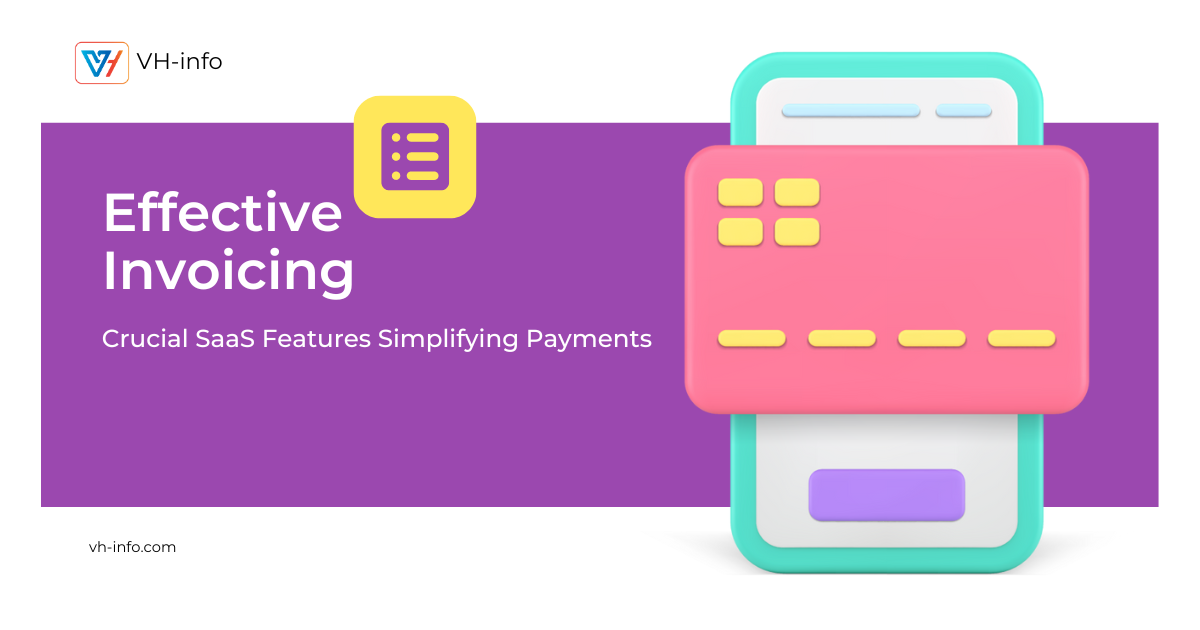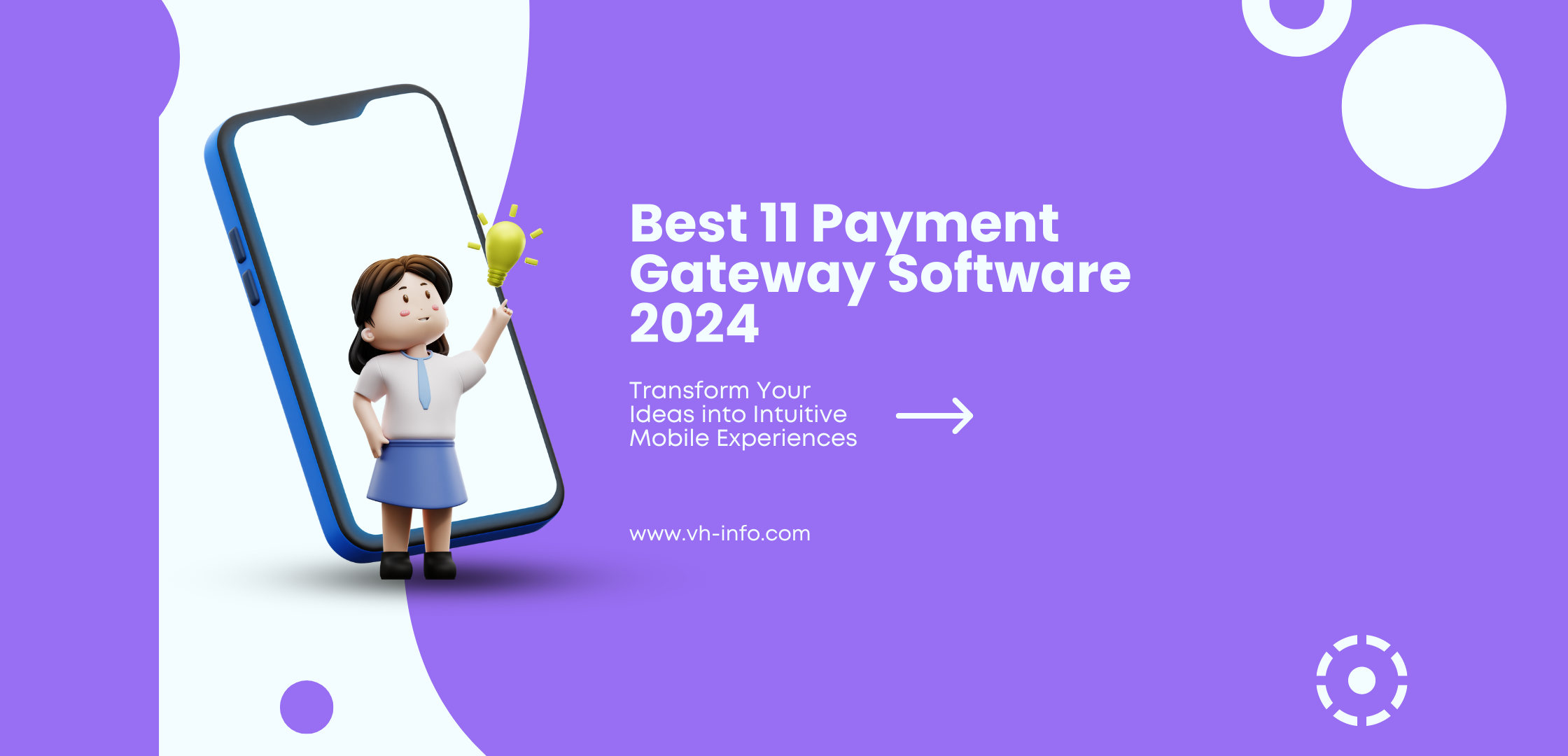
Effective Invoicing: Crucial SaaS Features Simplifying Payments
Invoicing. It’s that everyday hero keeping businesses afloat. What if the process was smoother? Automation now shapes SaaS tools, streamlining

Effective Invoicing: Crucial SaaS Features Simplifying Payments
Invoicing. It’s that everyday hero keeping businesses afloat. What if the process was smoother? Automation now shapes SaaS tools, streamlining

Best 11 Payment Gateway Software 2024
Payment gateways have become a crucial component for businesses to accept online payments seamlessly and securely. This guide will explore
WHAT WE
3rd floor, VHinfo, QRXG+CG9 Capital Market, Canal Rd, chokdi, Ravapar, Morbi, Gujarat 363641
14 Main Street, Suite 401, New York, NY 10004
Vh-info © 2025 | All Rights Reserved